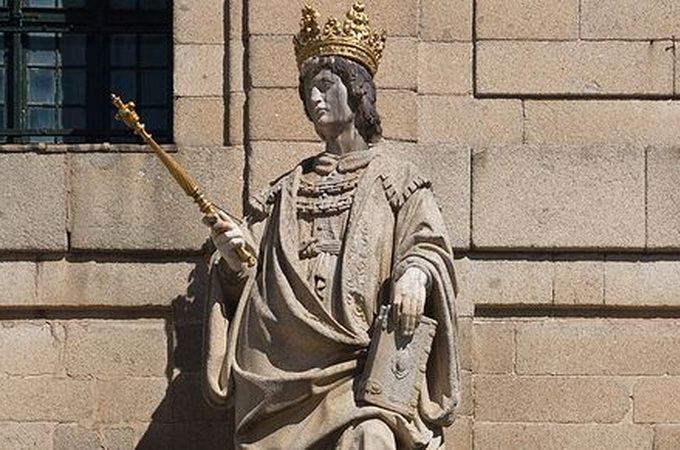‘Solomon’s Palace’ found in Gezer, Israel

The spectacular building was constructed over 3,000 years ago, in the tenth century BCE, according to the archaeologists behind the discovery. Although no indication of which king, if any, lived in the palace has yet been found; the excavators believe it was likely built during the reign of King Solomon due to examples of Philistine pottery discovered at the site. According to the Bible, Philistines lived in Gezer until the city was vanquished by Solomon’s father, King David.
Similar to other palaces from the era found throughout the southern Levant at locations such as Hatzor and Megiddo, the compound featured a large central courtyard connected to two rooms. Excavation co-director Professor Steve Ortiz, from the Tandy Museum of Southwestern Baptist Theological Seminary of Fort Worth, Texas; told Haaretz that the edifice of the structure was significantly larger than the size of normal houses of the time, suggesting it was home to someone of great importance. The building also featured ashlar masonry: large monolithic hewn stones, in the corners of its rooms.
An assortment of Philistine bichrome pottery had been unearthed at the site in the years leading up to the discovery of the palace.
Archaeologists still believe that the city was predominantly Canaanite, however, the Philistine artefacts suggest that they either lived in the city alongside the Canaanites, or at the very least had significant trading relations with them.
Gezer is situated on an important crossroads in a pass leading from the coast to Jerusalem. The city dates from well beyond the time of Kings Solomon and David, with evidence suggesting it was occupied as far back as the Chalcolithic period, in the fourth millennium BCE. 3,400 years ago its Canaanite population was closely linked with Ancient Egypt, despite the geographic distance between them. In a previous digging season, a large cartouche (a carved tablet or drawing) of Pharaoh Amenhotep III was found at the site.
Fascinatingly, Ortiz and colleagues’ discovery adds credence to other elements of the Biblical story of Gezer. The Old Testament claims the city was given by the Pharaoh as a dowry to Solomon’s wife, and that Solomon then rebuilt the city during the late tenth century BCE. The archaeologists suggest that the palace complex they’ve unearthed could only have been built by a king with substantial resources, one like Solomon.
The discovery could indicate that certain passages from the Bible were based on actual historical events.
0
0
If you notice an error, select the required text and press Ctrl+Enter or Submit an error to report it to the editors.
Read also









